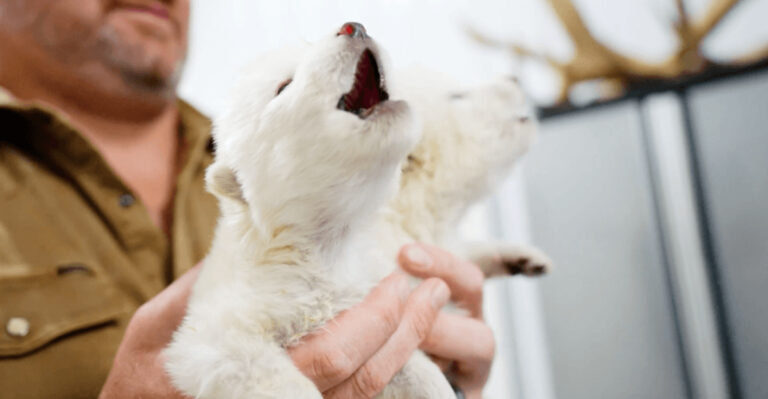16 Little-Known Facts About America’s Hardworking Police Dogs
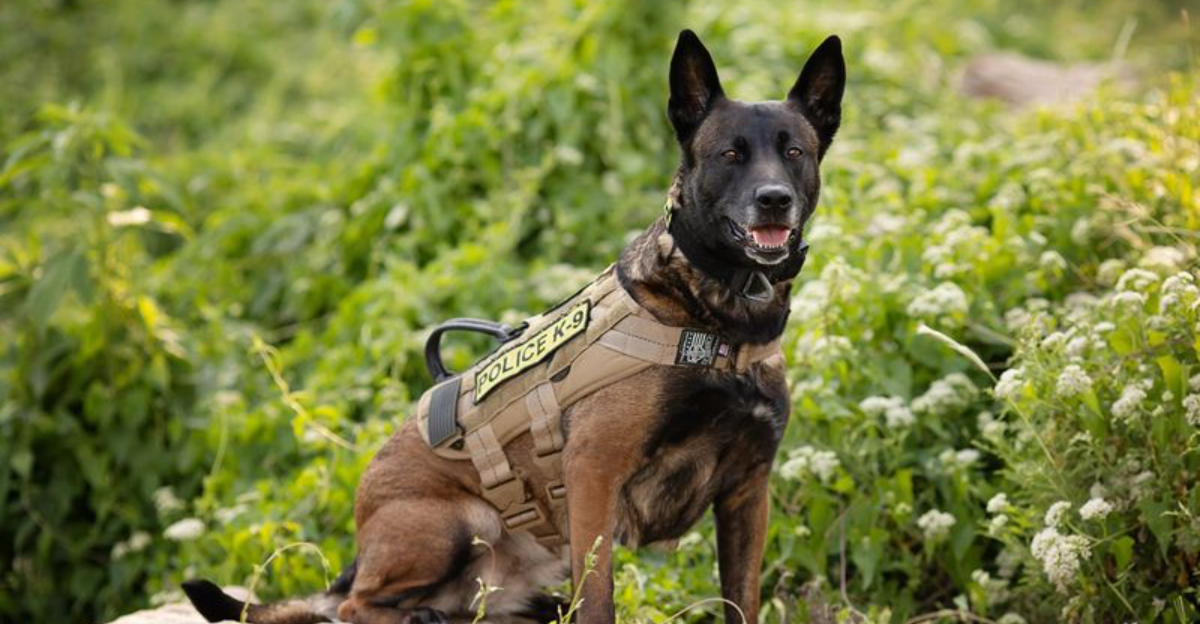
Behind the badge and alongside brave officers stands an elite force of four-legged heroes. Police dogs serve our communities with extraordinary skills that often go unnoticed by the public.
These canine officers risk their lives daily, using abilities far beyond what most people realize about working dogs in law enforcement.
1. Police Dogs Can Detect Cancer
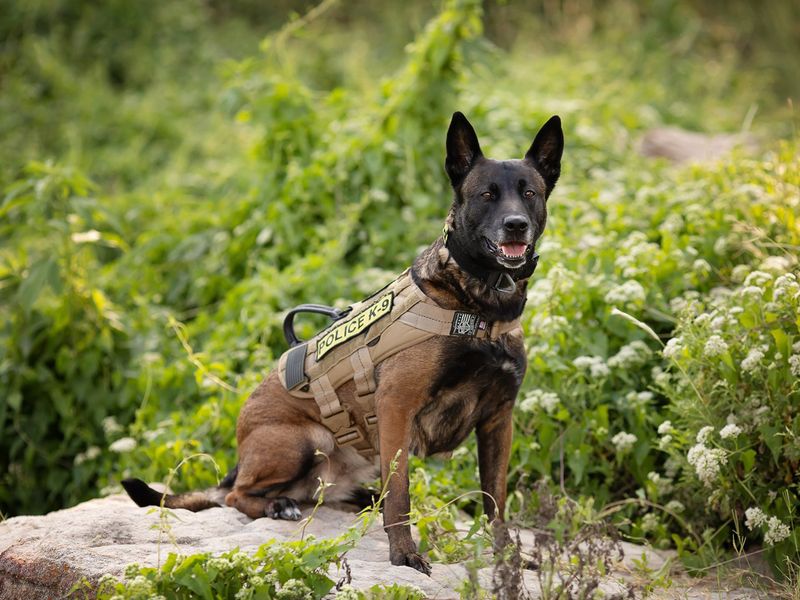
Those incredible noses don’t just find criminals. Some police dogs have shown the ability to detect certain cancers with astonishing accuracy.
Scientists believe they can smell chemical changes in the body produced by cancer cells. While not their primary job, this remarkable ability has helped some handlers discover their own undiagnosed health issues.
2. They Cost More Than Your Car
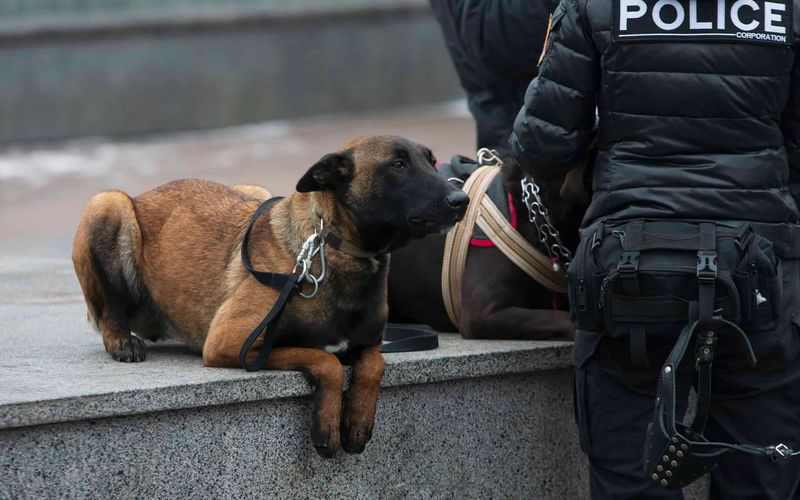
Sticker shock! A fully-trained police K9 typically costs between $15,000-$45,000 – more than many new vehicles.
This hefty price tag covers specialized training that takes 12-16 months to complete. Departments consider this investment worthwhile since one dog can do the work of multiple officers in certain situations.
3. Bulletproof Fashion Statement
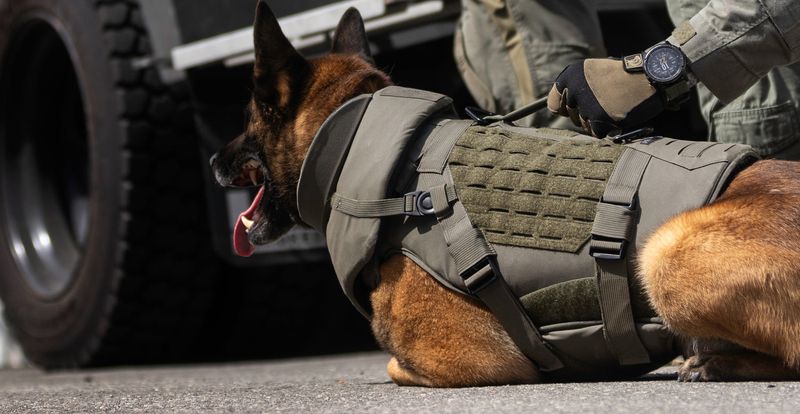
Fashion meets function when K9s suit up. Many police dogs wear custom-fitted Kevlar vests that can stop bullets and knife attacks.
These specialized vests cost upwards of $2,500 each and are often donated by community members. The vests include features like camera mounts, cooling systems, and handles that allow officers to lift their partners over obstacles.
4. Multilingual Mutts
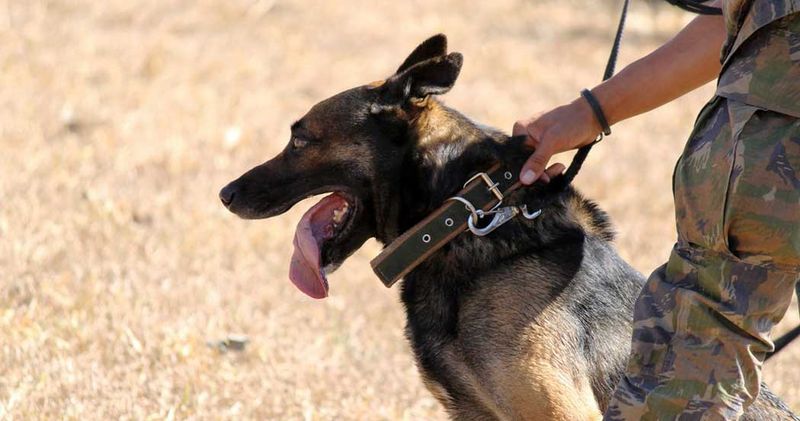
Many police dogs understand commands in multiple languages! This isn’t about showing off at doggy daycare.
Handlers often train dogs using Dutch, German, or Czech commands. This clever tactic prevents suspects from giving contradictory commands that might confuse the dog during apprehension. Some specialized units even use unique code words only their team knows.
5. Retirement Benefits Better Than Yours
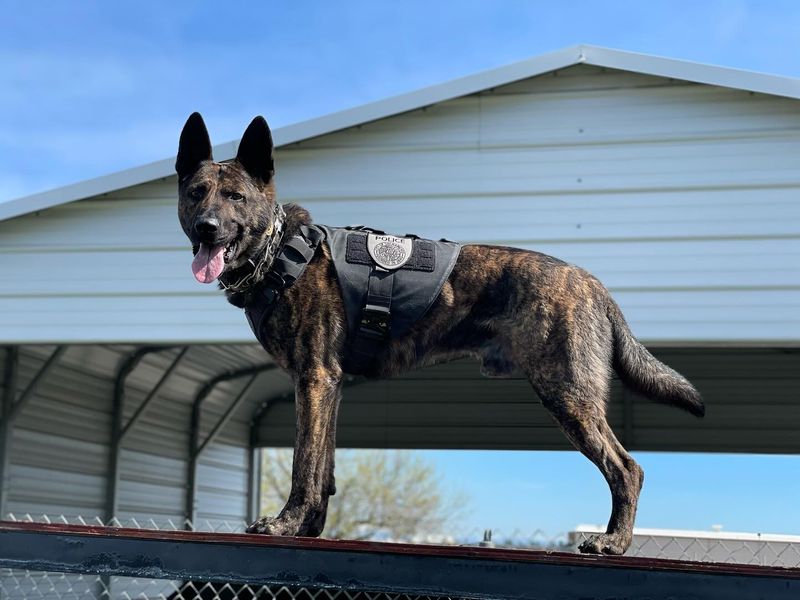
After 6-9 years of service, police dogs retire to lives of leisure. Many departments hold formal retirement ceremonies complete with commemorative badges and plaques.
Their handlers typically adopt them, with departments covering medical expenses for life. Some retired K9s become therapy dogs, while others simply enjoy being regular pets after years of rigorous work.
6. Noses That Put Technology To Shame
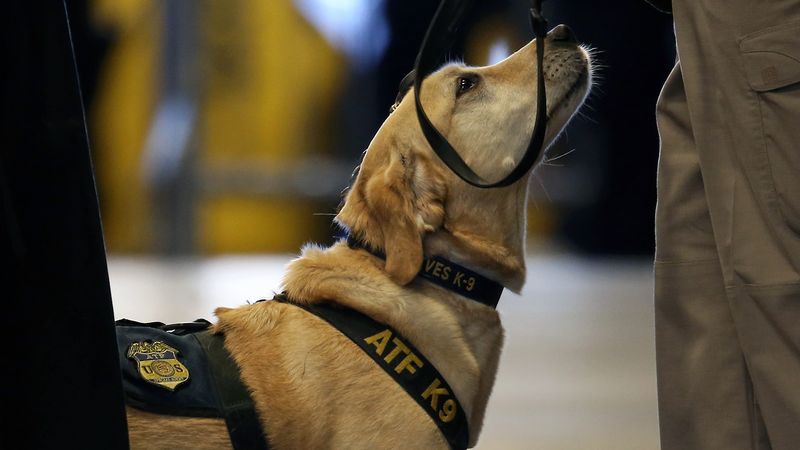
Forget high-tech sensors! A police dog’s nose contains up to 300 million scent receptors compared to our measly 6 million.
This incredible biology allows them to detect odors at concentrations as low as parts per trillion. To put this in perspective, they could find a single drop of liquid in an Olympic-sized swimming pool or track scents that are several days old.
7. Aerial Assault Specialists
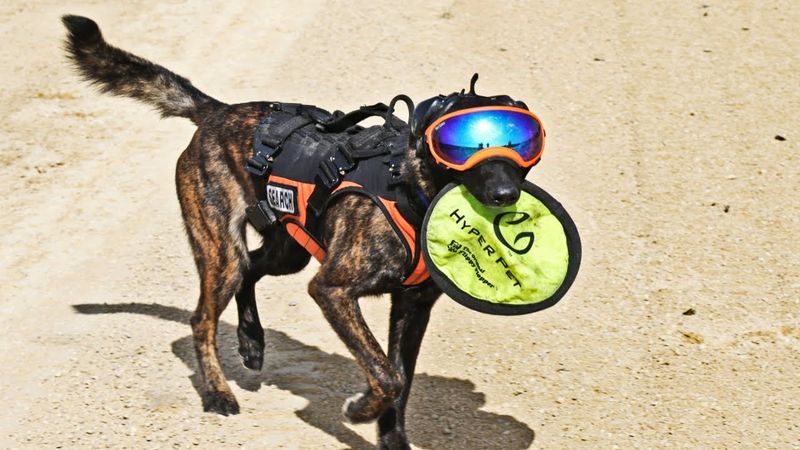
Some elite police dogs skydive into remote areas with their handlers! These specialized K9s wear custom parachute harnesses strapped to their handlers during jumps.
They undergo desensitization training to remain calm during the loud, windy conditions. These airborne units deploy for wilderness searches, drug interdiction missions, and special operations where road access is limited or monitored by suspects.
8. Officer Down Protocol
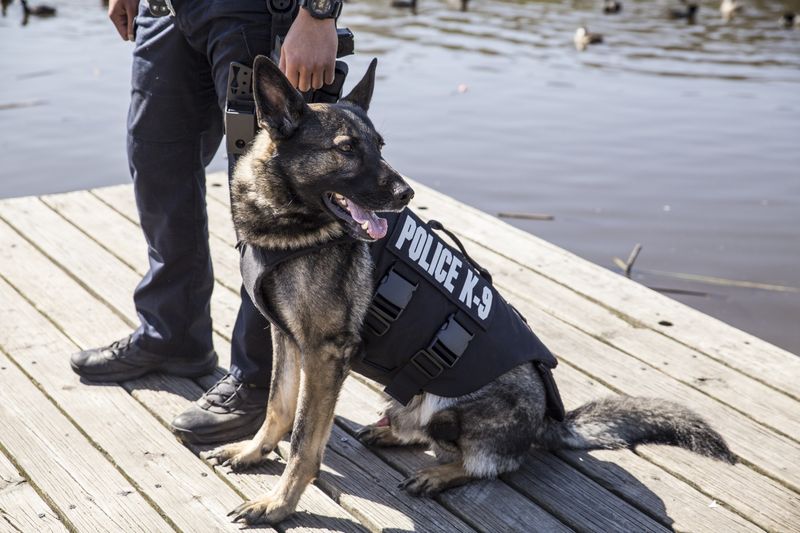
Loyal partners in every sense, police dogs immediately switch to protection mode when their handler is hurt. Standing guard over fallen officers, they ensure no further harm comes to them.
Medical personnel sometimes need backup handlers to safely remove the dog before providing aid. The unbreakable bond between officer and K9 is so strong that injured handlers often ask about their partner first.
9. Swim Team Champions
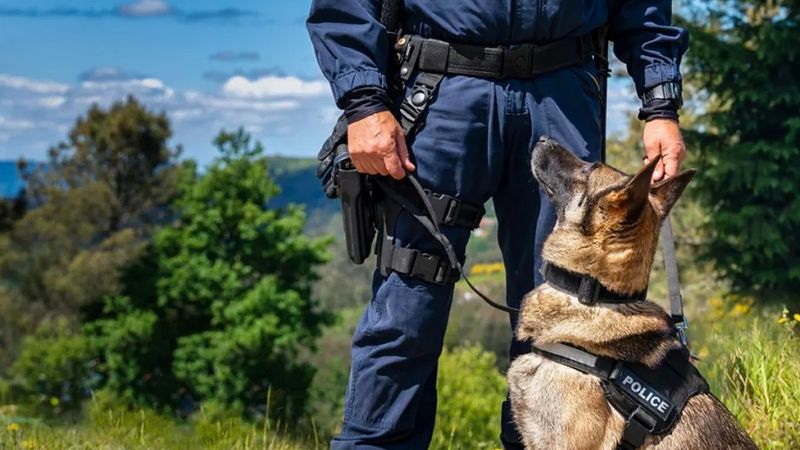
Water poses no problem for these furry crime-fighters. Many police dogs receive specialized water rescue training and can swim for miles if needed.
Some units use dogs specifically for water-based evidence recovery since they can detect submerged items humans would never find. Their powerful legs and natural buoyancy make them excellent swimmers, even while wearing tactical gear.
10. Dental Arsenal Worth Respecting
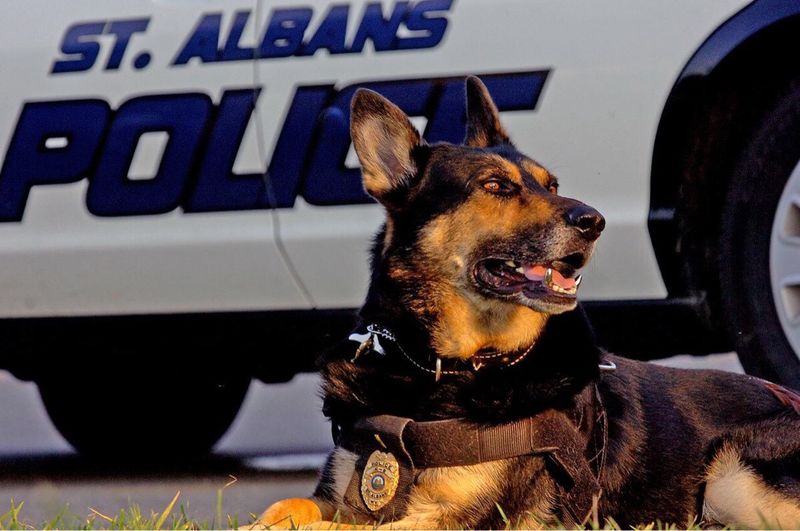
Those impressive canine teeth aren’t just for show. A police dog’s bite exerts around 1,500 pounds of pressure per square inch – enough to crush bone.
Despite this power, they’re trained for controlled bites that minimize permanent damage. Some specialized K9s even receive titanium dental crowns to strengthen their teeth for duty, at a cost of about $2,000 per tooth.
11. Paws With Legal Status
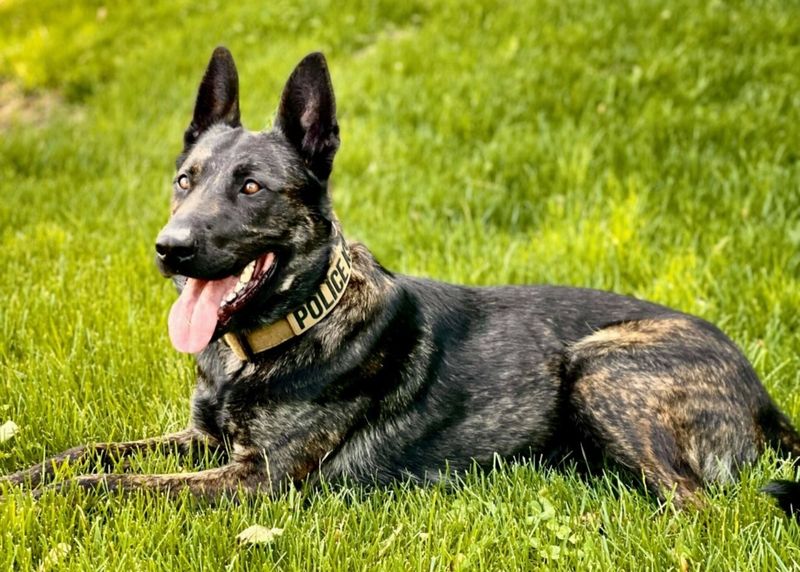
Attack a police dog and you’ll face serious consequences! In most states, assaulting a police K9 is a felony offense similar to attacking a human officer.
These dogs receive official badges, ID numbers, and are sworn in during ceremonies just like their human counterparts. When a police dog dies in the line of duty, they typically receive a full police funeral with honors.
12. Helicopter Insertion Experts
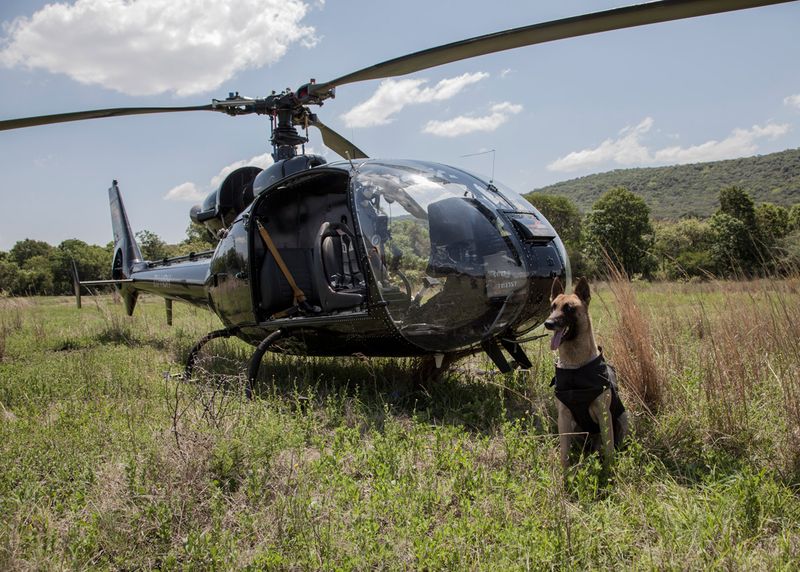
Fast-roping from helicopters isn’t just for human SWAT teams. Elite police dogs train to rappel from helicopters alongside their handlers in special harnesses.
This technique allows rapid deployment into areas inaccessible by vehicle. The dogs undergo extensive desensitization training to remain calm despite the deafening rotor noise and dizzying heights, demonstrating their extraordinary trust in their handlers.
13. Biological Evidence Collectors
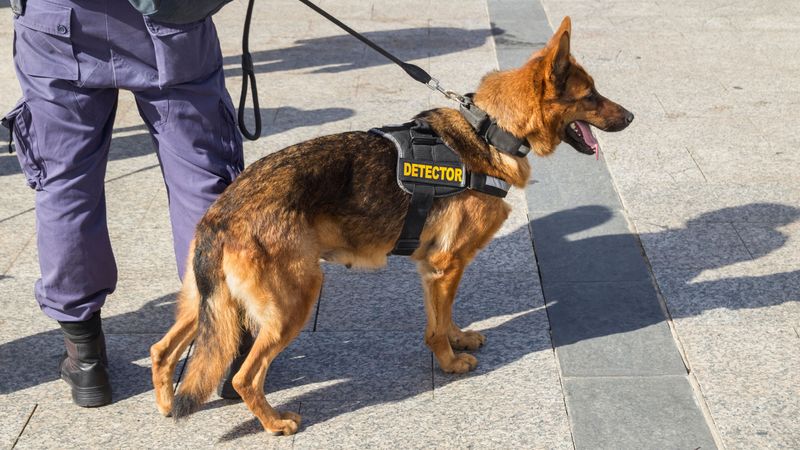
Some police dogs excel at finding nearly invisible biological evidence at crime scenes. Microscopic blood droplets, even after cleaning, can’t escape their powerful noses.
With unmatched sensitivity, they help uncover evidence crucial for DNA testing that human investigators might overlook. In complex cases with multiple victims, their ability to distinguish between different people’s blood is a game-changer.
14. Electronic Sniffing Specialists
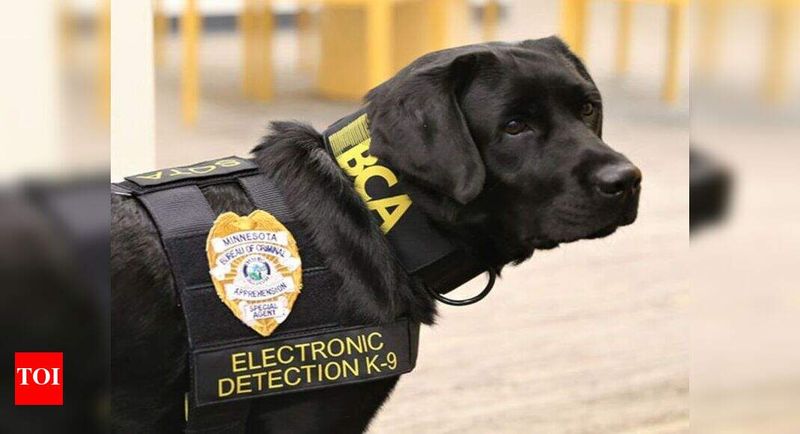
In our digital age, some police dogs have a surprising specialty – finding hidden electronic devices. These tech-savvy canines can locate concealed phones, hard drives, and memory cards.
They detect the unique chemical compounds used in electronic components. This skill proves invaluable in child exploitation cases where evidence is often hidden on storage devices. Some of these specialized K9s have found devices concealed inside walls or underwater.
15. Tactical Medicine Recipients
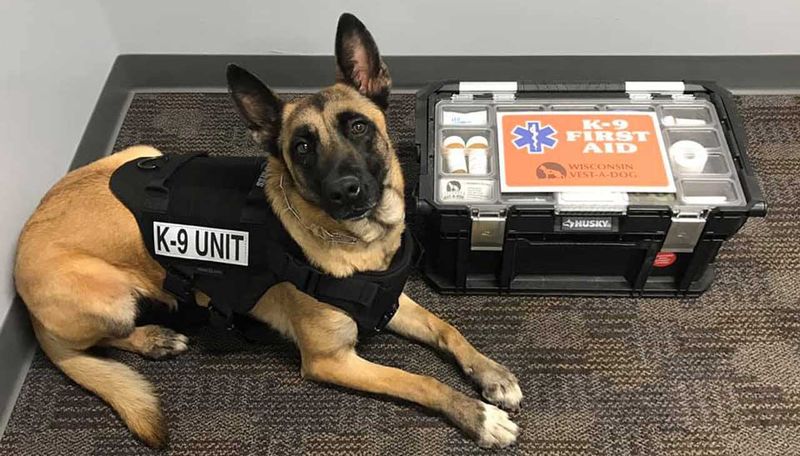
Police dogs receive battlefield-level medical care. Many K9 handlers carry specialized trauma kits designed specifically for canine emergency treatment.
Officers train in canine CPR, wound packing, and even administering IV fluids. Some departments have ambulances equipped with dog-sized oxygen masks and medical equipment. This level of care reflects both the financial investment these animals represent and their status as officers.
16. Undercover Operatives
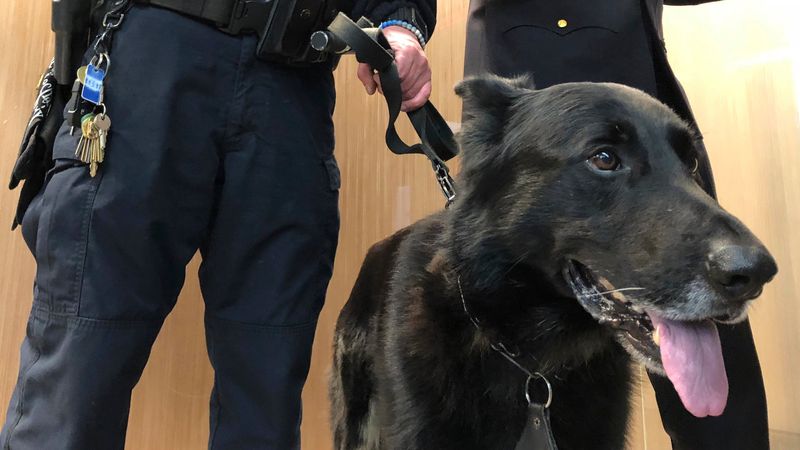
Not all police dogs wear uniforms and ride in marked vehicles. Some work undercover, appearing as ordinary pets while secretly scanning for explosives or drugs.
These covert K9s operate in airports, transit systems, and public events without drawing attention. Their handlers often dress in plain clothes, maintaining casual leashes and ordinary collars instead of tactical gear to maintain their cover while working.





